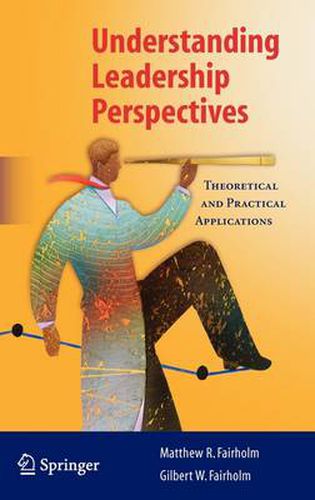Readings Newsletter
Become a Readings Member to make your shopping experience even easier.
Sign in or sign up for free!
You’re not far away from qualifying for FREE standard shipping within Australia
You’ve qualified for FREE standard shipping within Australia
The cart is loading…






This title is printed to order. This book may have been self-published. If so, we cannot guarantee the quality of the content. In the main most books will have gone through the editing process however some may not. We therefore suggest that you be aware of this before ordering this book. If in doubt check either the author or publisher’s details as we are unable to accept any returns unless they are faulty. Please contact us if you have any questions.
hand. Indeed, we do not easily move out of one mind-set into another. What we believe to be true given our particular experience often seems to be the only truth. Often we need some outside force to trigger reevaluation and rethinking. That triggering force to intellectual growth may be a new idea, a new situation, a new value, a new boss, or some other significant emotional event - maybe, even, a new book. The Resear ch F oundation This book is founded on two pillars: one, a model of five leadership mind-sets c- mon in the last 100 years first presented in Gilbert W. Fairholm ‘s (1998a, 1998b) book, Perspectives on Leadership: From the Science of Management to its Spiritual Heart ; and two, Matthew R. Fairholm’s (2002) dissertation, Conceiving Leadership: Exploring Five Perspectives of Leadership by Investigating the Conceptions and Experiences of Selected Metropolitan Washington Area Municipal Managers , which analyzed and validated the perspectives model (see the Appendix for more details). The data collected confirm there are five distinct perspectives of leadership evident in the 100-year history of leadership study and practice. The resulting model defines the five perspectives in terms of descriptions of leadership in action, leadership tools and behaviors, and the way leaders approach their relationship to followers. The five perspectives are related hierarchically so that they progressively encompass a unique perspective of the leadership phenomenon.
$9.00 standard shipping within Australia
FREE standard shipping within Australia for orders over $100.00
Express & International shipping calculated at checkout
This title is printed to order. This book may have been self-published. If so, we cannot guarantee the quality of the content. In the main most books will have gone through the editing process however some may not. We therefore suggest that you be aware of this before ordering this book. If in doubt check either the author or publisher’s details as we are unable to accept any returns unless they are faulty. Please contact us if you have any questions.
hand. Indeed, we do not easily move out of one mind-set into another. What we believe to be true given our particular experience often seems to be the only truth. Often we need some outside force to trigger reevaluation and rethinking. That triggering force to intellectual growth may be a new idea, a new situation, a new value, a new boss, or some other significant emotional event - maybe, even, a new book. The Resear ch F oundation This book is founded on two pillars: one, a model of five leadership mind-sets c- mon in the last 100 years first presented in Gilbert W. Fairholm ‘s (1998a, 1998b) book, Perspectives on Leadership: From the Science of Management to its Spiritual Heart ; and two, Matthew R. Fairholm’s (2002) dissertation, Conceiving Leadership: Exploring Five Perspectives of Leadership by Investigating the Conceptions and Experiences of Selected Metropolitan Washington Area Municipal Managers , which analyzed and validated the perspectives model (see the Appendix for more details). The data collected confirm there are five distinct perspectives of leadership evident in the 100-year history of leadership study and practice. The resulting model defines the five perspectives in terms of descriptions of leadership in action, leadership tools and behaviors, and the way leaders approach their relationship to followers. The five perspectives are related hierarchically so that they progressively encompass a unique perspective of the leadership phenomenon.